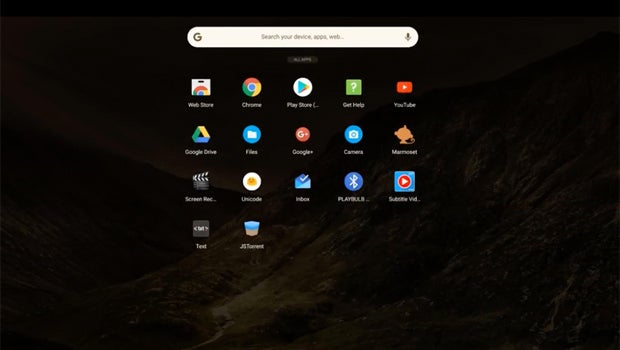Chrome OS and Android convergence continues with a pretty new Chromebook feature

Is Google going to merge Chrome OS and Android? Back in December the company said there was no point, because both are successful. Instead, it seems the company is going to continue introducing Chrome features that are synonymous with Android.
Last year, it was the inclusion of the Play Store, now Google is introducing a brand new touchscreen launcher for the web-based desktop operating system.
The launcher, which can be accessed by swiping up from the bottom of the display, looks very similar to the one deployed on Android tablets. It is sure to come in handy for folks using touchscreen Chromebooks in tablet mode.
You can see it in the video below:
The reveal comes from Google’s Chrome evangelist Francois Beaufort, who showed off the beta feature on his personal Google+ page (remember those?)
It’ll probably be rolled into the main OS in 3-4 months, according to an Android Police report.
Related: Android O features
It is thought to be a hybrid of the desktop and mobile platforms that could eventually replace them both.
Back in May, we got the first peek at a UI for the mysterious platform, but there was no mention of anything official at Google I/O that month.
We still don’t know what Google is really up to with this third operating system, which has been built from the ground up.
Will it complement Android or Google Chrome? Perhaps it’s an intended replacement for one of them? Is this simply Google experimenting in open sight?
Do you think Google is creating one OS to rule them all? Share your thoughts in the comments section below.


